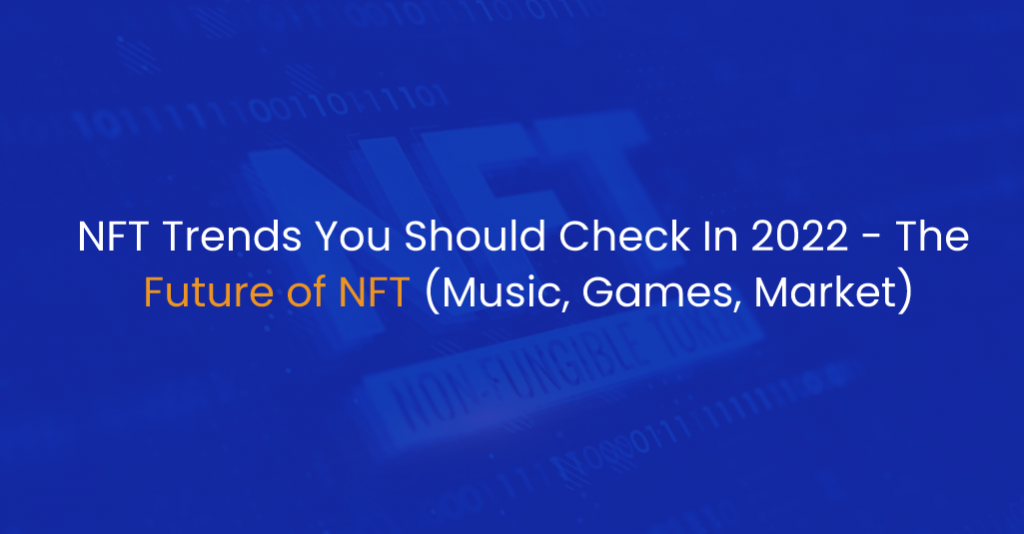Non-fungible tokens are gaining in popularity. These tokens are one-of-a-kind while still providing actual financial worth. Consider how unique items, whether actual or digital, become tokens: pieces of art, music, signatures, and anything else that can only be of any worth. Most typically, rare, one-of-a-kind things or their digital analogues are turned into NFTs, however, there are cases of serial manufacture of such tokens throughout the brief history of this phenomenon.
iStudio Technologies, the best NFT development company!
When a person purchases an NFT token, he or she does not obtain print rights to the clip or even a physical copy of it. He owns only a few traces of the code, indicating that he is the sole digital asset owner. The video’s current owner considers the acquisition, which cost $208,000, to be a highly significant investment. Consider the major developments in non-fungible tokens and potential scenarios for their growth in 2022.
What is the NFT Phenomenon?
An NFT is a digital artifact that consists of computer code and data that communicates ownership of something. The property can be found online, such as virtual real estate in a digital environment or unique equipment in a video game. It might be anything tangible, such as real estate, a picture, or a seat at a performance. NFT, on the other hand, can be a hybrid, such as the right to select who can rent a room in a shared living space.
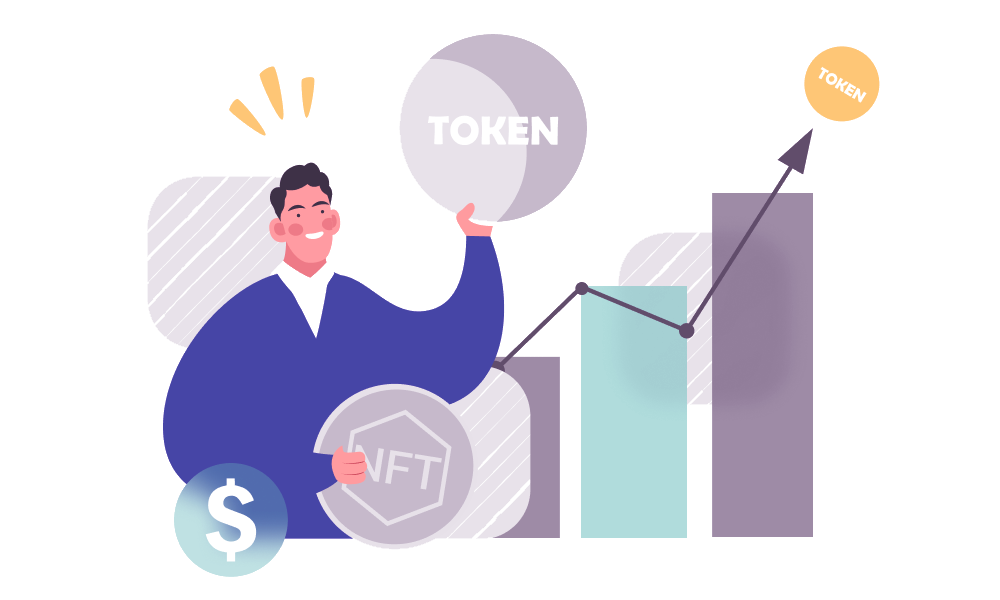
NFTs have piqued the interest of technology buyers, high-profile artists, and huge corporations. And everyone, from Lindsay Lohan to the rock band Kings of Leon, is flooding the market with their pricey digital masterpieces.
But what exactly is NFT? What makes them so valuable? And what is the long-term viability of this digital property? Let's take a broad look at this phenomena.
A non-fungible token can be purchased and sold in exchange for any currency. In reality, the owner of such an NFT can request any amount and any currency, even digital money.
By purchasing a digitalized actual piece of art, the customer does not obtain the right to possess the original painting, but rather a one-of-a-kind digital asset.
As a result, NFT is not a work of art. This is a piece of code in the digital chain (blockchain) that influences the placement of the artwork, which is normally on a server. It should be highlighted, however, that non-fungible tokens cannot be mined since they are not digital currencies. They can be made by digitizing any products or objects, but the notion of NFT mining does not exist.
Create NFT for your digital asset with the leading NFT development company, India!
The Function of NFT in the Modern World
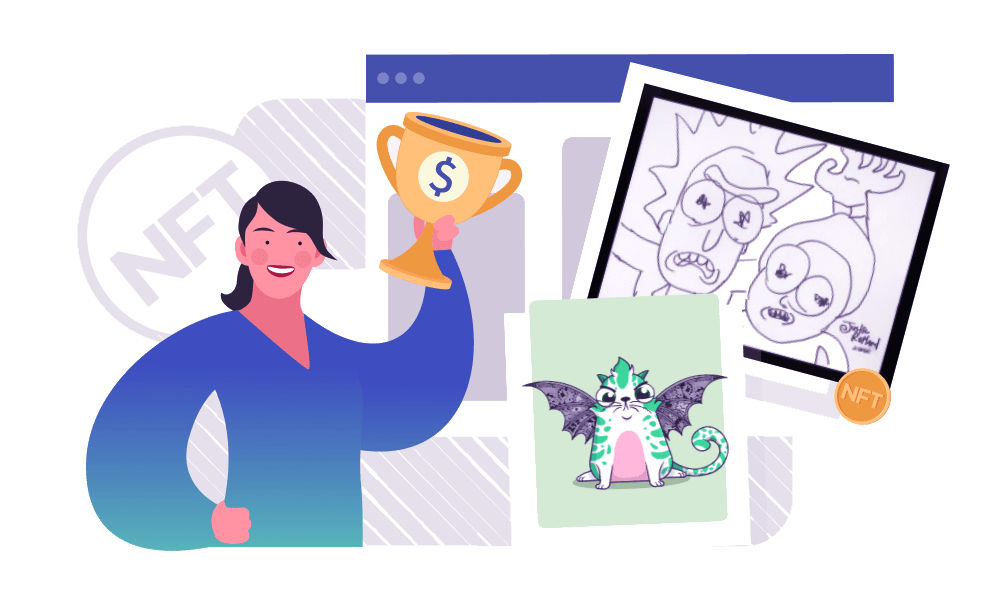
NFTs, like any other technology, can give more profitable ways of doing business. They, for example, use a cryptocurrency known as the blockchain. It is therefore a distributed ledger of digital records which doesn’t need the operation of a central system. Transactions might be made faster and easier.
Furthermore, the blockchain maintains a record of all NFT-related transactions and the assets they represent. While selling works of art, for example, this might imply that the origin of anything is traced back to the author. The chain might also include a record of every user who has ever had this token.
Smart contracts or encoded features that may automatically conduct activities under particular situations can also be included in NFTs. The notion describes a self-contained and automated collection of rules that cannot be disregarded or bypassed.
But why would anyone spend time creating a digital asset even though they can simply buy a real car? Material item collection is fraught with difficulties, such as validation. This could be difficult, time-consuming, or, in theory, impossible because any unique object can be faked with high quality. Determining an object’s history, tracking a thing’s past, especially an ancient one, may be incredibly difficult.
Previously, the integrity of digital material was much more difficult to check because the Internet is just brimming with duplicates. NFT advocates claim that blockchain expertise, such as NFT, overcomes these issues. An artist generates an immutable, verifiable public file proving its validity by posting a fragment on the blockchain.
Why Are NFTs Prospering, And What Lies Ahead for Them?
Although it may appear as NFTs sprang out of nowhere, this is an innovation that’s been in the works for many years.
- 2017 : CryptoKitties, a business in which clients breed and trade digital kittens, drew substantial public attention to NFTs.
- 2018 : The rise of a mini-hype led to venture capital investments, as well as platforms for purchasing, advertising, and minting NFTs such as SuperRare, OpenSea, Rarible, and Nifty Gateway were launched.

- 2019 saw the entry of major firms such as Formula One and Nike into the market.
- By 2020, The rise of a mini-hype led to venture capital investments, as well as platforms for purchasing, advertising, and minting NFTs such as SuperRare, OpenSea, Rarible, and Nifty Gateway were launched.
The NFT explosion has occurred in the first few months of 2021. Only in February, the top 10 NFT collectibles had a 400% rise in sales over the previous month, accounting for approximately $400 million in gross sales.
According to advisors, the quick expansion of NFTs may be explained fairly easily by happenings in the globe and the Bitcoin culture.
- COVID-19 has transformed us into a more digital society. People who work from home have more time to connect in digital domains, therefore they are more receptive to digital goods and providers.
- The growth in popularity of Bitcoin has sparked interest in a different form of the digital asset.
- By participating in the auction, large corporations have secured the NFT's confidence and stature.
- In times of financial stress, irreplaceable goods frequently thrive. When a conventional currency is on the edge of collapse, people's attention is drawn to other unique values.
People gradually understand that they do not require cash, but rather more valuable assets such as real estate, art, and so on. Furthermore, many people recognize that they can generate these qualities.
The concepts that will decide the future worth and development of NFT trends are really basic.
- Only a few remain - Many NFTs are one-of-a-kind or limited edition. Only 10,000 crypto punks, for example, were released. Only 24 of them are "monkeys." And digital-physical art is unique.
- Capability for transmission - Because the token may be resold to practically anybody anywhere in the globe, it has a broader variety of prospective consumers.
- Immutability - NFT code and information are immutable, making it durable.
- Usefulness - Some NFTs can perform specified activities, earn money, or be traded for tangible property.
Many NFT collectors believe that the future of tokens lies in greater interaction with the “real world.”
Create NFT for your digital asset with the leading NFT development company, India!
Why Are NFTs Prospering, And What Lies Ahead for Them?
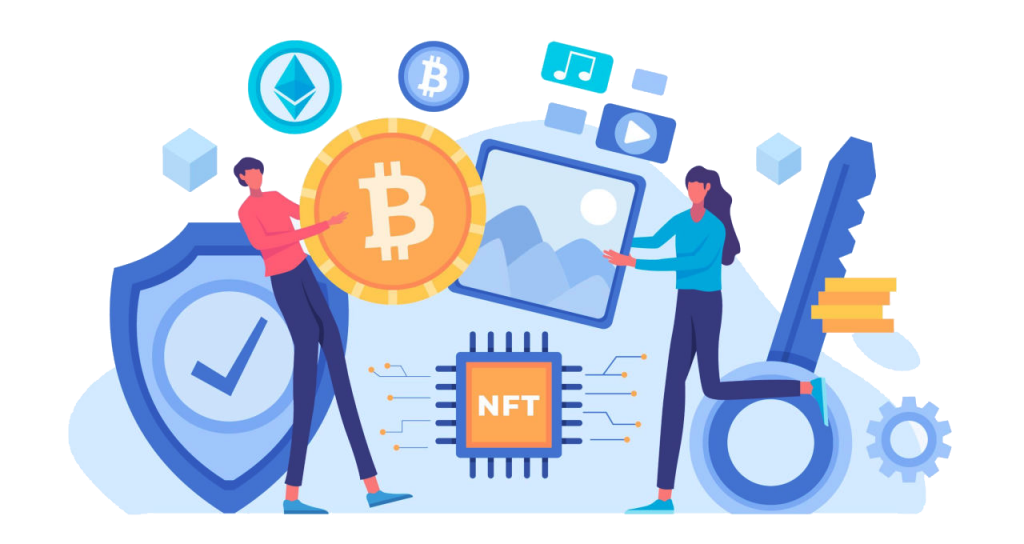
Intellectual property (IP) law, which governs concepts such as patents and trademarks, is one of the possible uses. According to Intellectual Property Officer, there might be a possible dispute between a pre-existing paper contract and the NFT. The important issue is that this occurs without any serious conflicts, as authorized by the court or current legislation.
While it is regarding smart contracts, ready-to-run computer code is frequently all that is available. It is hard to verify what a smart contract can accomplish without source code or an accurate explanation of the rules. Despite having the source code to examine the rules, many individuals are attempting to create an NFT without programming abilities to comprehend what they are reading. Conditions might become onerous when reselling.
What translation expenses are covered by the smart contract? This changes according to location. Occasionally, it is 10%. However, the price might sometimes increase by up to 50%. You may incur losses if you do not understand the regulations. Certain sorts of securities investments can only be made by so-called accredited investors. It is doubtful that a smart contract will have access to the data which will reveal whether or not the investment is accredited.
Prospects for the Growth of the NFT Market
The non-traditional market is much more efficient & liquid than the conventional market. It is based on digital art NFT marketplaces, and its fees are far lower than the 5% or even 10% fees charged by traditional art brokers. Tens of thousands of unique NFT wallet connections are counted each week by experts and aggregators.
During the last five years of tremendous growth in the market, the first cryptocurrency holders became billionaires. This crypto-rich generation is primarily made up of risk-taking young individuals who enjoy experimenting and can afford to do so.
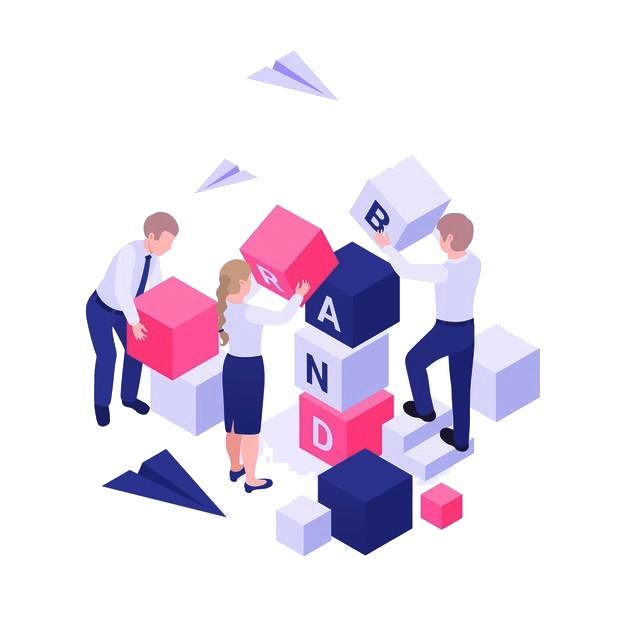
Despite high price volatility, research has indicated that the general public is growing more committed to the mainstream use of cryptocurrencies. Their willingness to take risks expands the potential of crypto-economics.
While numerous incredibly promising technological applications in the luxury and gaming industries will progressively grow over the next three years. However, the NFT also has the potential to make a significant shift in the direction of the digital economy.
Non-fungible Tokens: Future Values?
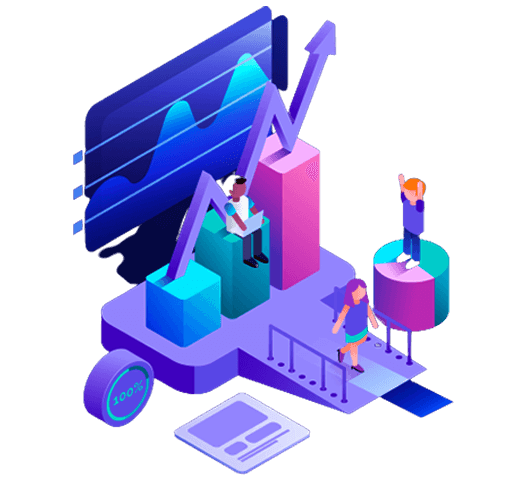
NFTs provide up hitherto untapped prospects for new business models, and it is precisely this that contributes to the NFT’s future worth. Artists may attach terms and conditions to the NFT that ensure they earn a percentage of the revenues from each resale, which means they will benefit if the value of their work grows. In general, soccer organizations have employed similar contractual conditions when selling players for a long time, but NFTs eliminates the need to follow asset growth and enforce such rights on every transfer.
New art platforms can readily establish that they own digital art.
Customers who borrow or purchase artwork on the platform may exhibit it on screen with confidence that there are no copyright or originality concerns since NFT and blockchain ensure the legitimacy of ownership rights.
This will no longer be required in the future. Since information cannot be modified, transactions recorded on blockchains are safe. Smart contracts can also be used instead of attorneys and escrow accounts to make sure that money and assets are transferred and that both parties obey their commitments. NFTs convert assets to tokens, allowing them to be moved within the system.
Summing Up
In short, let’s put it all together first. So we looked at what non-fungible tokens are, how they function, why they’ve become so popular, and what influence they can have on global finance and the development of the digital economy.
NFTs have the potential to dramatically revolutionize sectors such as real estate and autos. They can also contribute to the resolution of land ownership issues. Only 30% of the world’s population has legally registered land and property rights. It is far more difficult for individuals who do not have established rights to obtain money and credit. Also, if we spend most of our time in virtual worlds in the future, the items we acquire there are likely to be bought and sold as NFTs.

